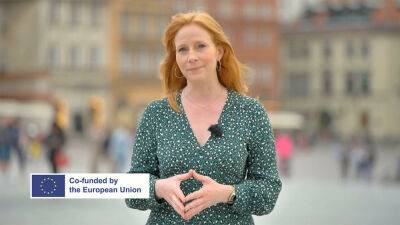World Bank Regional Director: A dynamic, competitive private sector and an EU orientation should be the driving force in Ukraine's recovery
Interview for Interfax-Ukraine news agency of Arup Banerji, World Bank Regional Country Director for Eastern Europe
-- Yesterday, the World Bank approved a new Development Policy Loan for Ukraine with a significant sum, $1.5 billion. How fast these money will come to Ukraine and what are the priorities of this loan?
-- The loan approved on 7 June – the Public Expenditures for Administrative Capacity Endurance in Ukraine (or PEACE in Ukraine) – is not a Development Policy Loan, but one that finances core government expenditures so that the government can continue to operate and provide services to the people of Ukraine. In its current version, the World Bank undertakes to reimburse the government for all salaries of core civil servants as well as salaries of educators every month (beginning in March, after the war began, until at least the end of the year), so long as the salaries are actually paid in full. So, after an initial big reimbursement for the March-May period, the remaining amount will be paid month-by-month on the basis of proof of actual expenditures. All of this will help Ukraine preserve and protect the capacity of the government and help in ensuring that this strong government capacity is preserved for economic recovery.
-- What types of financial assistance can Ukraine expect from the World Bank Group in 2022 and 2023? What additional amount can be received through the Bank’s Trust Fund? Could the Bank participate in covering Ukraine’s sectoral deficits, for example, in the electricity and gas sectors?
-- Given the acute financing needs for the central budget, The World Bank is now concentrating on helping provide fast and immediate assistance – which in turn can help the population, especially the most




